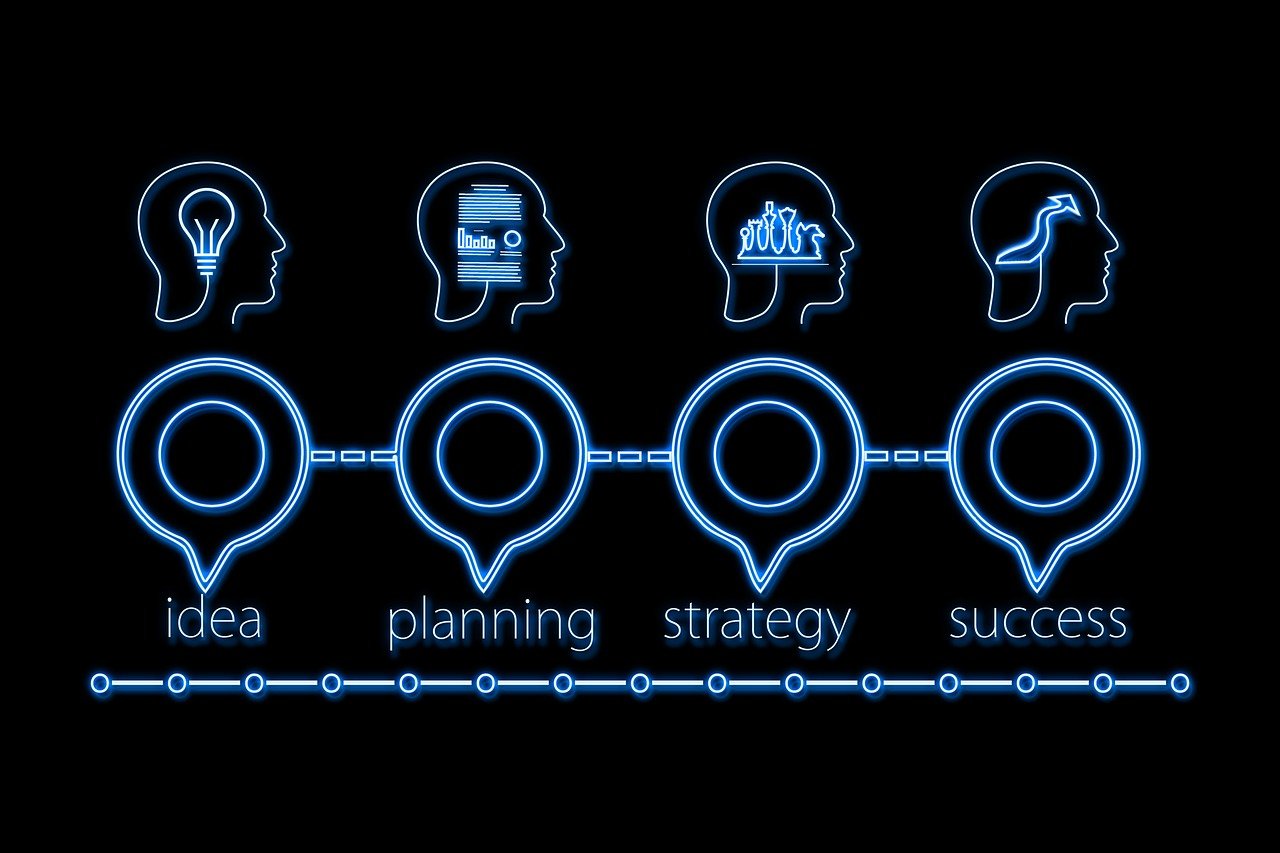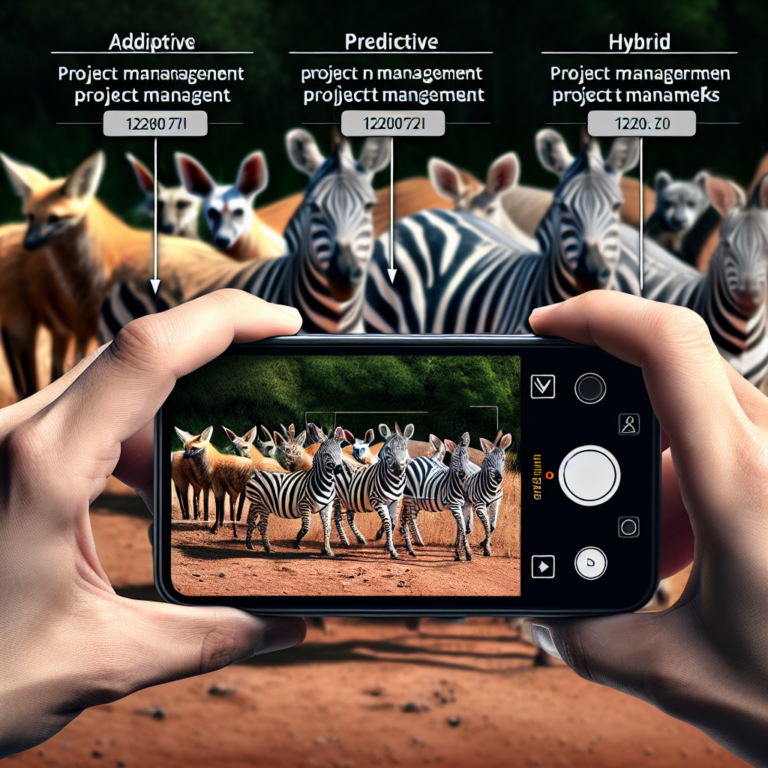Quick Look @ Popular PM Methodologies
Choosing the right project management methodology is crucial for project success. Each framework offers unique advantages, and understanding these can help project managers select the best approach for their specific needs. In this article, we compare six popular methodologies: ROPE, Agile, Scrum, Waterfall, PRINCE2, and Lean.
1. ROPE (Results Oriented Project Execution)
The ROPE framework is a hybrid methodology combining principles from Scrum, Agile, SDLC, and Lean manufacturing to deliver improved project outcomes and maximize value realization. It addresses common project challenges with targeted tools, workflows, and methods, integrating scope, planning, requirements, risk management, and communications into a cohesive workflow.
Key Benefits:
- Flexibility: Adapts to various project types and sizes.
- Efficiency: Streamlines mobilization and reduces overhead.
- Accountability: Enhances transparency and stakeholder engagement.
2. Agile
Agile is an iterative approach that emphasizes flexibility, customer collaboration, and rapid delivery. It breaks projects into small, manageable units called sprints, which allows teams to adapt to changes quickly.
Key Benefits:
- Adaptability: Responds effectively to changing requirements.
- Customer Focus: Prioritizes customer feedback and collaboration.
- Continuous Improvement: Promotes iterative progress and refinement.
3. Scrum
Scrum is a subset of Agile that provides a structured framework for managing complex projects. It involves predefined roles, events, and artifacts to ensure efficient project delivery.
Key Benefits:
- Structure: Provides clear roles and responsibilities.
- Transparency: Regular updates through daily stand-ups and sprint reviews.
- Incremental Progress: Delivers functional product increments regularly.
4. Waterfall
The Waterfall methodology is a linear, sequential approach where each project phase depends on the deliverables of the previous one. It’s best suited for projects with well-defined requirements and minimal changes.
Key Benefits:
- Predictability: Clear timelines and deliverables.
- Documentation: Extensive documentation provides a detailed project roadmap.
- Simplicity: Easy to understand and implement for straightforward projects.
5. PRINCE2 (Projects IN Controlled Environments)
PRINCE2 is a process-based methodology that emphasizes control and organization throughout the project lifecycle. It is scalable and can be tailored to fit any project size or type.
Key Benefits:
- Control: Focuses on business justification and thorough planning.
- Scalability: Adaptable to different project sizes and complexities.
- Risk Management: Provides robust risk management processes.
6. Lean
Lean focuses on maximizing value by minimizing waste. It aims to enhance efficiency and deliver value by optimizing processes and eliminating non-essential activities.
Key Benefits:
- Efficiency: Streamlines processes to reduce waste.
- Value Focus: Prioritizes delivering maximum value to the customer.
- Continuous Improvement: Encourages ongoing process optimization.
Conclusion
Each project management methodology has its strengths and is suited to different types of projects. The ROPE framework stands out for its adaptability and comprehensive approach, making it a valuable choice for various project challenges. Agile and Scrum are ideal for projects with dedicated teams requiring flexibility and customer collaboration, while Waterfall is suitable for projects with well-defined requirements. PRINCE2 offers robust control and scalability, and Lean focuses on efficiency and value.
Choosing the right methodology depends on your project’s specific needs and goals. Understanding these frameworks can help you make an informed decision and drive project success.
Reference
- “Project Management: A Systems Approach to Planning, Scheduling, and Controlling,” Harold Kerzner
- “The Agile Mindset,” Gil Broza
- “Lean Thinking,” James P. Womack and Daniel T. Jones
- “Effective Project Management: Traditional, Agile, Extreme,” Robert K. Wysocki
- “Managing Successful Projects with PRINCE2,” AXELOS


